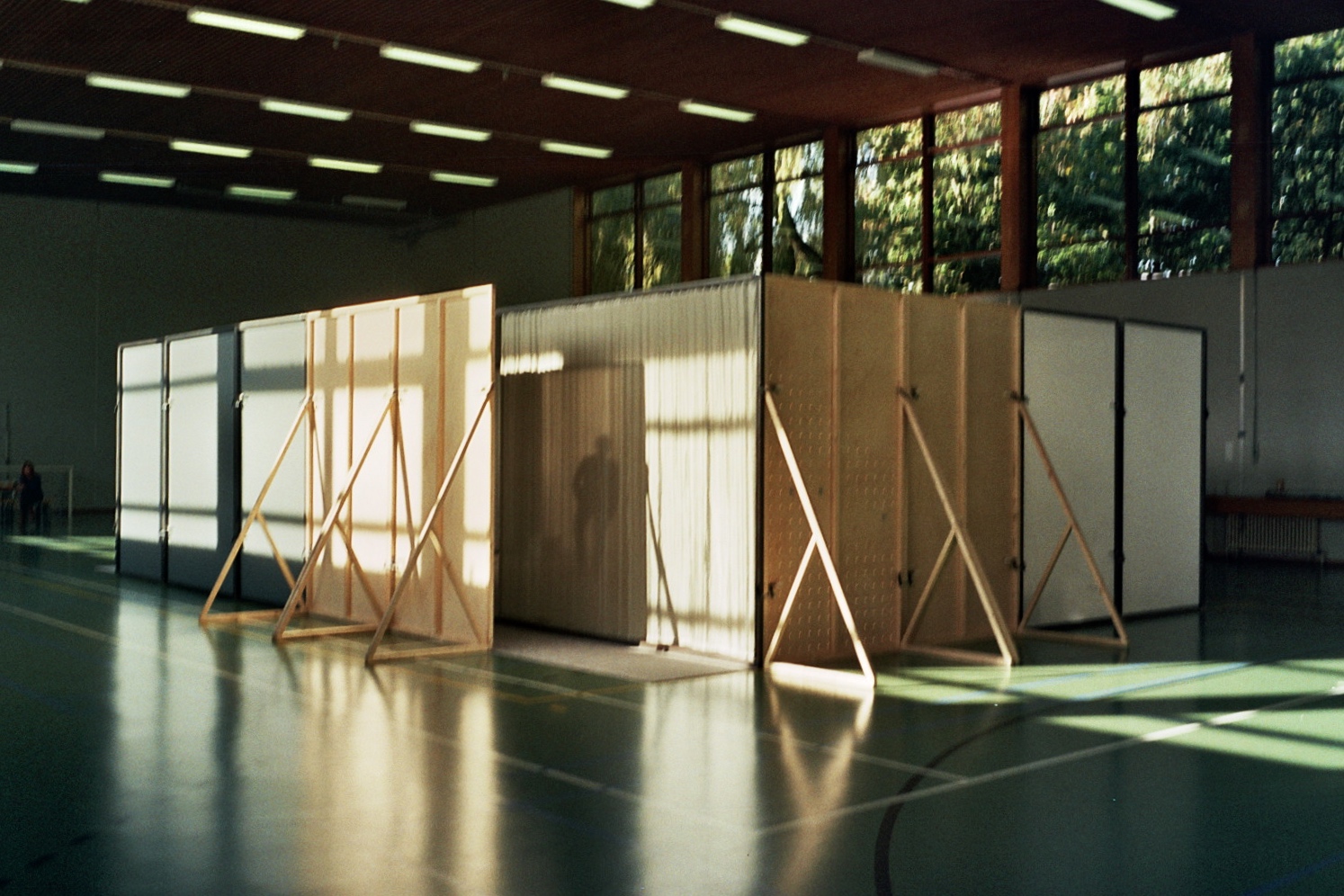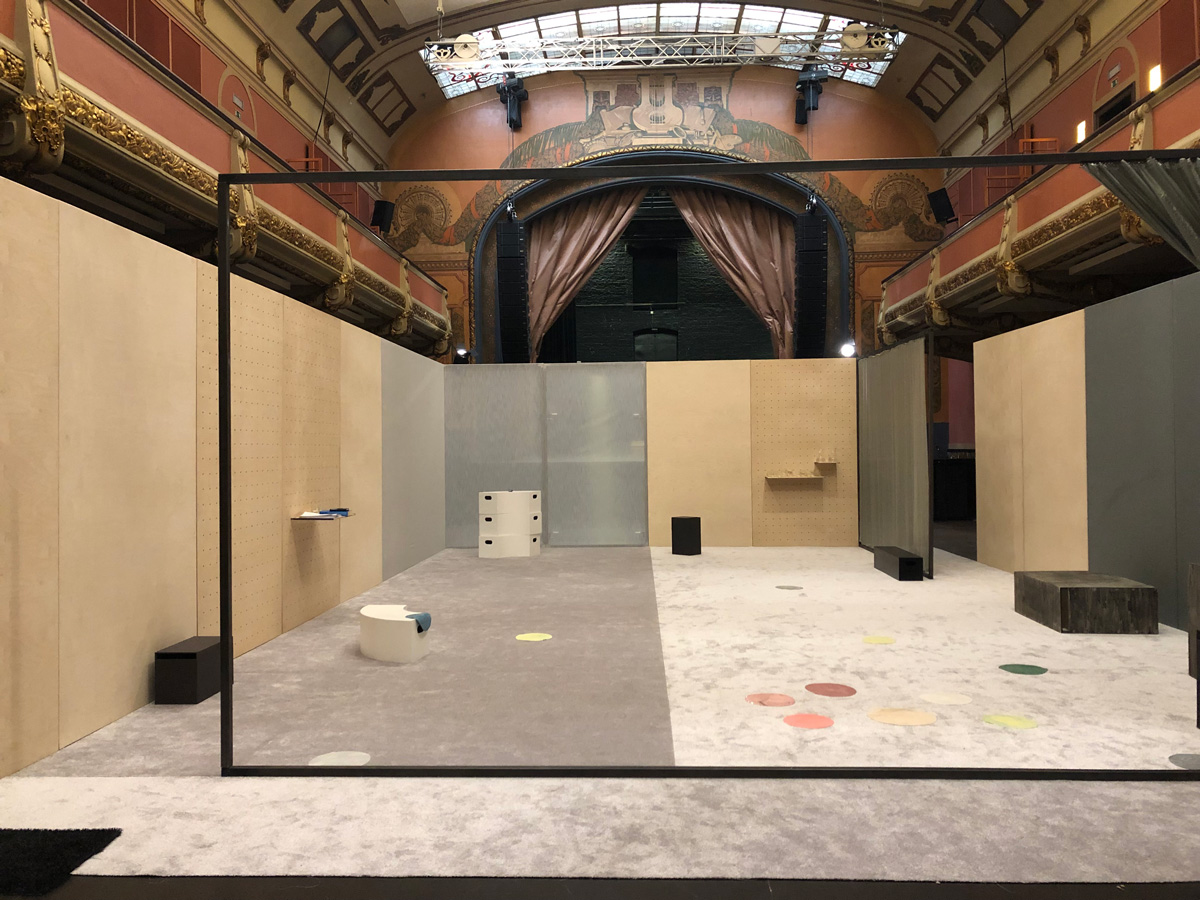The Pain of Others
The Pain of Others invites us into a world where thinking and speaking about pain has a place. After interviews and conversations with scientists, futurologists, psychiatrists, dancers, adults and children suffering psychologically and physically, and artists who place pain at the heart of their work, the performance asks a number of radical questions: how can we relate to the pain of the other whom we cannot reach? Can individual experiences of pain be shared with a larger community? Does the way we talk about pain change the way we experience pain? Inspired by Susan Sontag, we examine our relationship to pain.
The Pain of Others is set in a carefully designed space, as a performance, conversation and reflection.
In addition, in certain communities we organise reading sessions with groups in which we read thematically related short stories (e.g. psychiatry Bruges).
On request, we organise conversations and constellations on community traumas (e.g. Holocaust Museum Amsterdam).
Peter Aers, Bart Capelle, Melissa Mabesoone, Erika Sprey, Kris Van Oudenhove
With the support of art centre Vooruit, KAAP, workspacebrussels, the Flemish Government | thanks to Winny Ang, Amy De Schutter, Katja Dreyer
The Pain of Others was selected for Het TheaterFestival 2019. Read the Report of the Jury here.
It has been performed in art centre Vooruit (Ghent), at Theater aan Zee (Ostend), Amen & Beyond (Ghent), Het TheaterFestival (Ghent), Performing Philosophy (Amsterdam, the Netherlands), National Holocaust Museum (Amsterdam, the Netherlands), Brakke Grond (Amsterdam, the Netherlands).


Everything Depends on How a Thing is Thought is a series of conversational performances and dialogues. Taking four different subjects, they explore how the individual and the community are related and how the community influences the individual and vice versa. The performances are inspired by and make use of fiction, philosophical and anthropological texts, theatrical means and sculptures. They are a co-construction with other artists and/or philosophers, psychiatrists, psychologists and other people involved in the topics.